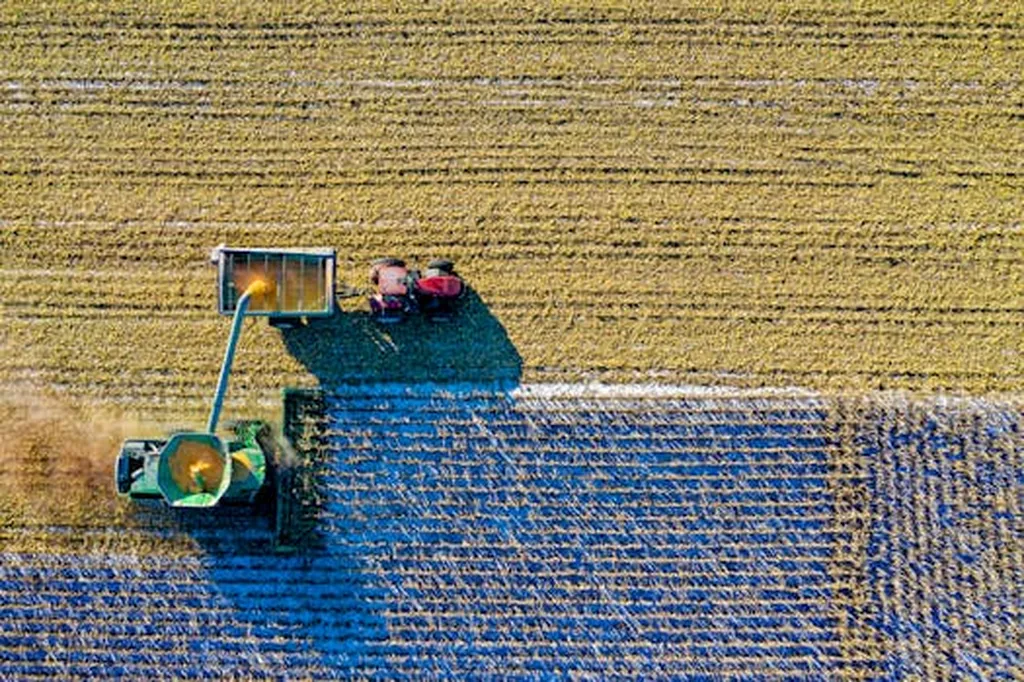As American farmers face a potential December 23 deadline that could ban DJI drones, a landmark study published in Science reveals that agricultural drones are reshaping farming faster than almost any technology in history. The study, conducted by Michigan State University researchers, documents how millions of farmers worldwide have embraced drone technology in just five years, with U.S. adoption exploding despite the looming regulatory uncertainty.
The numbers paint a striking picture. Agricultural drones registered with the FAA leaped from roughly 1,000 in January 2024 to around 5,500 by mid-2025. However, industry reports suggest these numbers substantially underreport actual U.S. drone use, as some owners avoid the complex registration process. This rapid adoption is part of a broader global trend, with drones reversing the traditional technology flow from wealthy nations to developing countries. China leads the world with more than 250,000 agricultural drones in operation, while Thailand saw drone coverage explode from near zero in 2019 to 30% of farmland by 2023.
Modern agricultural drones have evolved dramatically from their early iterations. “Just a few years ago, agricultural drones were expensive, small and difficult to use, limiting their appeal to farmers,” wrote MSU Agricultural Economist Ben Belton. “In contrast, today’s models can be flown immediately after purchase and carry loads weighing up to 220 pounds.” These flying workhorses now perform tasks ranging from spraying pesticides and spreading fertilizers to sowing seeds, transporting produce, dispensing fish feeds, painting greenhouses, monitoring livestock, and mapping field topography. This versatility makes drones valuable for growing numerous crops on farms of all sizes.
The technology offers particular promise for the world’s smallest operations. Farms under 5 acres account for 85% of agricultural land globally. These small operations benefit most from drone efficiency gains, with the technology saving farmers time and money worldwide. Drones now handle dangerous and tiring manual spraying work, shifting from backpack sprayers to drones and substantially reducing farmers’ direct exposure to harmful chemicals. The technology is also creating new skilled employment opportunities in rural areas, particularly for young people.
However, the December 23 deadline looms for American farmers. DJI dominates the global agricultural drone market, with its ag division generating an estimated $1.2 to $1.5 billion annually. In the U.S. market, DJI controls roughly 80% of agricultural spray drone sales. On December 23, 2025, DJI faces automatic addition to the FCC’s Covered List unless a federal security agency completes a mandated review. No agency has begun that process with less than a month remaining.
The economic math presents a brutal reality for farmers considering alternatives. A DJI Agras T50 agricultural drone carries an MSRP around $18,000. American-made alternatives from companies like Hylio start at $20,000 for entry-level models and can reach $85,000 for advanced systems. That’s a 3x to 5x price increase for comparable capability. Tim Rigdon, founder of CropCare agricultural drone spraying company in western New York, told reporters he’s considering closing entirely if Chinese drones are banned. In Ohio, nuWay Ag has already laid off 2 of 22 employees because supply constraints prevented them from securing enough DJI units to meet demand.
Texas-based Hylio represents the leading American alternative. The company is expanding manufacturing to a new 40,000 square foot facility near Houston, targeting 5,000 units annually by 2028. That’s up from an estimated 500 to 1,000 units per year today. Even at full capacity, domestic production would cover a fraction of current DJI market share. “The only way to get American companies to get better, because we’re so far behind, is to fly American drones, but it’s a huge upfront cost,” Rigdon said.
The MSU study highlighted drones’ potential to solve agriculture’s fundamental sustainability challenge. “Drones may increase the amount of food that can be produced on each acre of land, while reducing resources needed to do so,” Belton wrote. “This outcome is a holy grail for agricultural scientists, who refer to it as ‘sustainable intensification.’” DJI’s own data shows agricultural drones have saved approximately 222 million tons of water and cut carbon emissions by 30.87 million metric tons globally. A DJI drone ban would remove the primary tool making that possible for American farmers.
The timing of this MSU study couldn’t be more pointed. Scientists have now documented what farmers already knew: drones are transforming agriculture at unprecedented speed. And American farmers are about to lose access to

